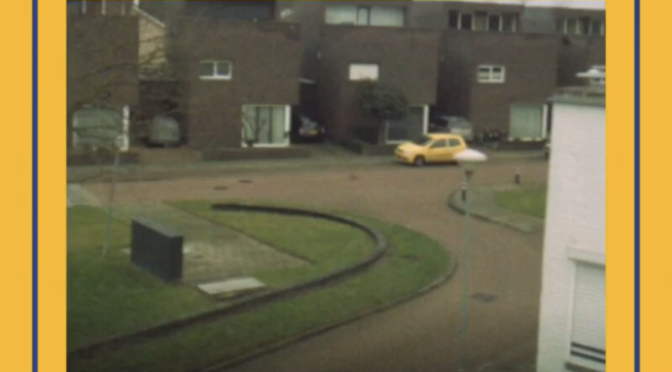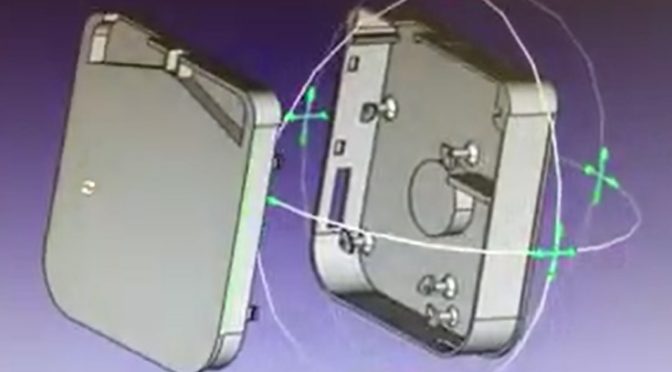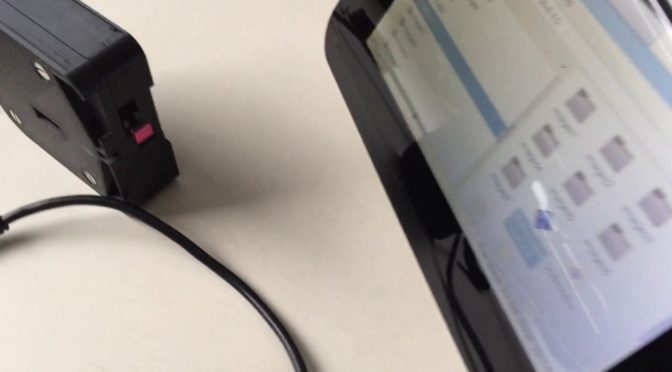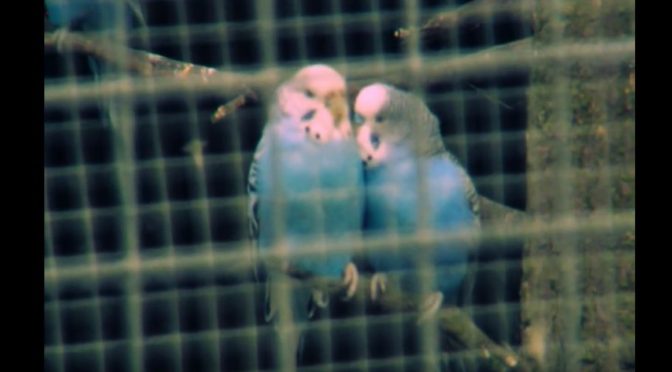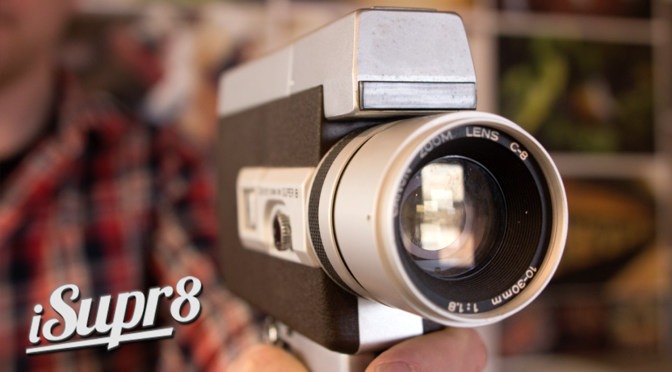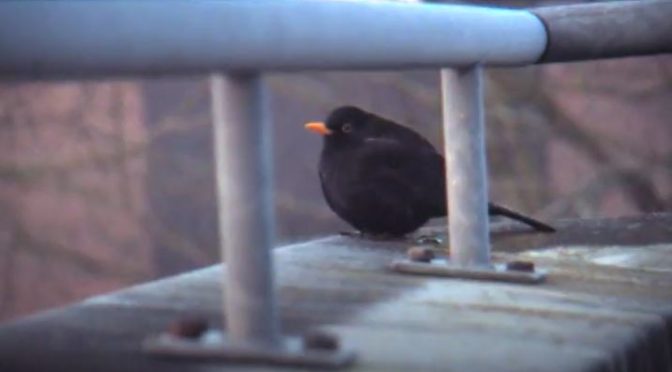Earlier in 2021 we finally solved some major software stability issues. The C++ code that runs on the Nanopi Neo Air inside the cartridge was crashing relatively often during shooting. Causing loss of captured images.
After long research we found out that this was caused by an imagefile write (the captured image) and an image file read (an image file to monitor the captured result in real time).
By changing the setup of the system, making the Nanopi run its code from fixed eMMC memory (on board the Nanopi) and writing the RAW files to its separate microSD card we achieve that the monitor files are read off of the eMMC memory while the RAW files are written to the MicroSD. Thus avoiding memory acces issues and subsequent code crashes due to a segmentation fault.
we now feel confident to continue developing the Digital Super8 Cartridge with software that is reliable enough for the user.
Note: the Digital S8 Cartridge runs on C++ code, while it also has its own WiFi accesspoint and webserver on board. This allows users to run our HTML5 app on their iPhone or smartphone to have full cartridge control and monitoring functionality.

